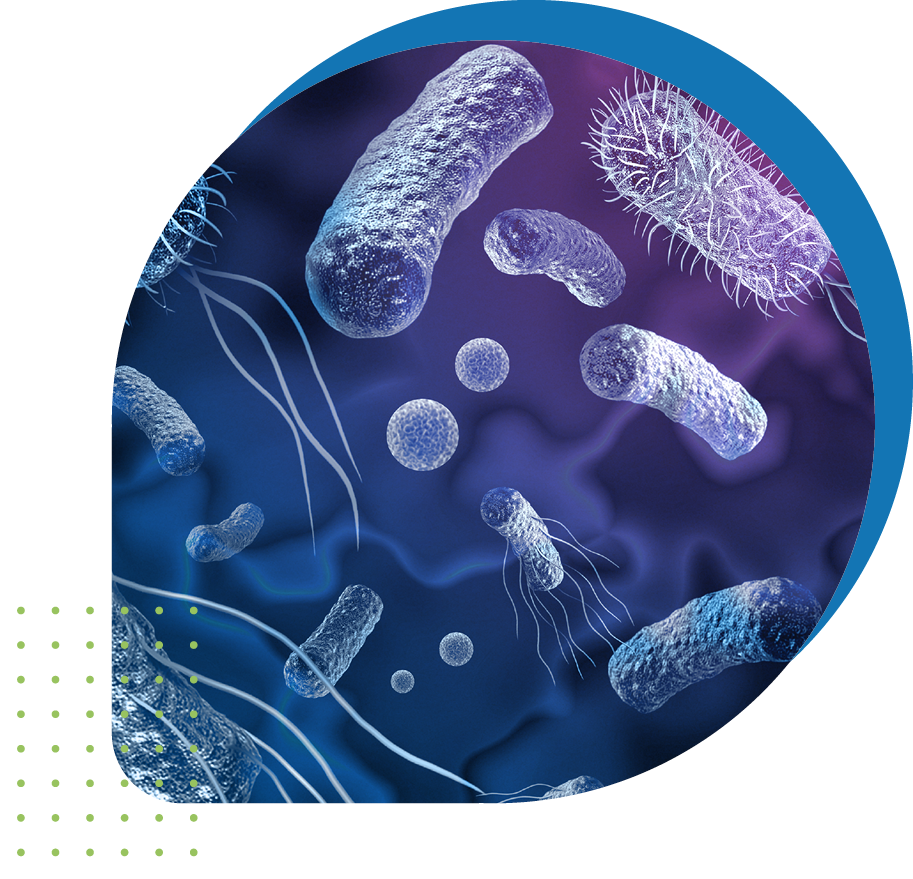EndoToxins
Ensure Accurate Results for Patient Safety
Upon cell death, Gram negative bacteria liberate their outer membrane containing lipopolysaccharides (LPS) also known as endotoxins. Detection of endotoxins is routinely performed as part of the release testing process. A dedicated bioassay known as Limulus Amoebocyte Lysate (LAL) bioassay is commonly used for both qualitative and quantitative detection of endotoxin. Care must be taken to prevent potential interferences to ensure the chromogenic assay is valid.
Using ProteinMentor, endotoxin contamination can be detected within the drug substance (DS), drug product (DP), and cell culture. This approach can serve to validate the LAL bioassay detection method. In addition, ProteinMentor can support goals to move away from the harvesting of horseshoe crabs for the LAL bioassay by offering an alternative, direct detection method.

